Home>Articles>How To Store Fish, Vegetables, And Meat Safely


Articles
How To Store Fish, Vegetables, And Meat Safely
Modified: January 18, 2024
Learn the best techniques for storing fish, vegetables, and meat with these informative articles. Discover tips on preserving freshness and preventing spoilage.
(Many of the links in this article redirect to a specific reviewed product. Your purchase of these products through affiliate links helps to generate commission for Storables.com, at no extra cost. Learn more)
Introduction
Welcome to this comprehensive guide on how to store fish, vegetables, and meat. Proper storage techniques are essential for maintaining the freshness, flavor, and nutritional value of these perishable items. Whether you’re a home cook or a professional chef, knowing the right methods for preserving these food items will help you reduce waste, save money, and ensure that your meals remain delicious and safe to consume.
Storing fish, vegetables, and meat requires attention to detail, proper temperature control, and consideration of their unique characteristics. By following the tips and guidelines outlined in this article, you’ll be able to extend the shelf life of these ingredients while keeping their quality intact.
So let’s dive in and explore the best practices for storing fish, vegetables, and meat!
Key Takeaways:
- Proper storage of fish, vegetables, and meat is crucial for maintaining freshness and flavor. From keeping fish cold to separating vegetables, these tips will help you reduce waste and enjoy delicious, safe meals.
- Whether it’s wrapping fish tightly or thawing meat slowly, following proper storage techniques is key. By storing fish, vegetables, and meat correctly, you can extend their shelf life and minimize the risk of foodborne illnesses.
Read more: How To Store Cooked Fish
Storing Fish
Fresh fish is highly perishable and needs to be stored properly to maintain its quality. Here are some guidelines to ensure your fish stays fresh:
- Keep it cold: Fish should be stored at a temperature between 32°F (0°C) and 39°F (4°C). This helps slow down bacterial growth and keeps the fish fresh. Store fish in the coldest part of your refrigerator or place it on ice in a cooler if you’re not planning to use it immediately.
- Wrap it tightly: To prevent moisture loss and protect the fish from odors in the fridge, wrap it tightly in plastic wrap or aluminum foil. This helps maintain its freshness and flavor.
- Use it quickly: Unlike other meats, fish is best when consumed within a day or two of purchase. The fresher the fish, the better it tastes. If you’re unable to use it within this timeframe, consider freezing it.
- Freezing fish: If you need to store fish for a longer period, freezing is the best option. Clean the fish thoroughly, remove any scales or skin, and wrap it tightly in plastic wrap or place it in a freezer bag. Make sure to label it with the date to keep track of its freshness. When you’re ready to use it, thaw it in the refrigerator overnight.
- Types of fish: Different types of fish have different storage requirements. For example, fatty fish like salmon and mackerel tend to spoil faster than lean fish like cod or snapper. Take these variations into account when planning your storage and usage.
By following these guidelines, you can ensure that your fish remains fresh and flavorful, whether you’re using it for a simple weeknight dinner or a gourmet seafood feast.
Storing Vegetables
Proper storage can help extend the freshness and shelf life of your vegetables, keeping them crisp and flavorful. Here are some tips for storing vegetables:
- Sort and separate: Different vegetables have different storage requirements. Separate them based on their needs to prevent them from spoiling each other. For example, store ethylene-producing vegetables like apples and tomatoes separately from ethylene-sensitive vegetables like leafy greens and broccoli.
- Remove moisture: Excess moisture can cause vegetables to rot quickly. Before storing, make sure to remove any moisture by gently patting them dry with a paper towel or using a salad spinner.
- Optimal temperature: Most vegetables can be stored in the refrigerator’s crisper drawer, which maintains a temperature between 32°F (0°C) and 40°F (4°C). However, some vegetables, like potatoes and onions, fare better in a cool, dark, and well-ventilated pantry or cellar.
- Airtight containers: Store cut or peeled vegetables in airtight containers or resealable bags to prevent them from drying out. This is particularly important for delicate greens and root vegetables like carrots and radishes.
- Do not wash before storing: Moisture from washing can accelerate spoilage. It’s best to wash vegetables just before using them, rather than before storing them.
- Freezing vegetables: If you have an abundance of fresh vegetables that you can’t use immediately, consider blanching and freezing them. Blanching involves briefly boiling vegetables and then immediately plunging them into an ice bath. This process helps preserve their color, texture, and nutritional value.
By following these storage tips, you can prolong the life of your vegetables and reduce waste. Enjoy fresh and vibrant vegetables in your meals throughout the week!
Store fish, vegetables, and meat in the coldest part of the refrigerator, which is usually the bottom shelf. Keep them separate to prevent cross-contamination, and use airtight containers or resealable bags to maintain freshness.
Storing Meat
Proper meat storage is crucial for maintaining its quality and safety. Whether you have purchased fresh meat or have leftovers to store, here are some guidelines to keep in mind:
- Refrigerator temperature: Set your refrigerator temperature between 32°F (0°C) and 40°F (4°C) to ensure that the meat stays at a safe temperature that inhibits the growth of bacteria. Store raw meat on the bottom shelf to prevent any potential drips or cross-contamination.
- Keep it wrapped: Opt for airtight packaging when storing meat. This can include the original packaging, vacuum-sealed bags, or sealed containers. The wrapping helps retain the meat’s moisture and prevents any odors from permeating into other foods in the refrigerator.
- Store raw and cooked meats separately: To avoid cross-contamination, keep raw meat separate from cooked meat and other ready-to-eat foods. Use separate containers and utensils or place raw meat on a plate or tray to catch any drips.
- Freezing: Freezing is an excellent method for extending the shelf life of meat. Wrap the meat tightly in plastic wrap or aluminum foil, or place it in a freezer bag or airtight container. Label the package with the type of meat and the date of freezing. For best quality, consume frozen meat within three to six months.
- Thawing: When thawing frozen meat, it’s best to do it slowly in the refrigerator. This allows for a more controlled thawing process and minimizes the risk of bacterial growth. Avoid thawing meat at room temperature as it can encourage bacterial growth.
- Marinating: If you’re marinating meat, it’s best to do so in the refrigerator. It not only flavors the meat but also helps tenderize it. Ensure that the meat is properly covered in the marinade to prevent any exposed areas from spoiling.
Following these guidelines will help you store meat safely and maintain its quality. By properly storing meat, you can enjoy delicious and nutritious meals while minimizing the risk of foodborne illnesses.
Conclusion
Properly storing fish, vegetables, and meat is essential for maintaining their freshness, flavor, and nutritional value. By following the guidelines outlined in this article, you can extend the shelf life of these perishable items and reduce waste.
When it comes to storing fish, keeping it cold, wrapping it tightly, and using it quickly are key factors in preserving its quality. Freezing fish is also a great option for longer storage.
For vegetables, sorting and separating them based on their storage requirements, removing excess moisture, and storing them at the optimal temperature will help keep them fresh and crisp. Using airtight containers and refraining from washing before storage are important steps as well.
As for meat, maintaining a safe refrigerator temperature, using proper wrapping, and storing raw and cooked meats separately are vital for food safety. Freezing meat and thawing it slowly in the refrigerator are effective methods for prolonging its shelf life.
By practicing these storage techniques, you can ensure that your fish, vegetables, and meat remain fresh, flavorful, and safe to consume. So, give these tips a try and enjoy delicious meals with the confidence of properly stored ingredients!
Frequently Asked Questions about How To Store Fish, Vegetables, And Meat Safely
Was this page helpful?
At Storables.com, we guarantee accurate and reliable information. Our content, validated by Expert Board Contributors, is crafted following stringent Editorial Policies. We're committed to providing you with well-researched, expert-backed insights for all your informational needs.
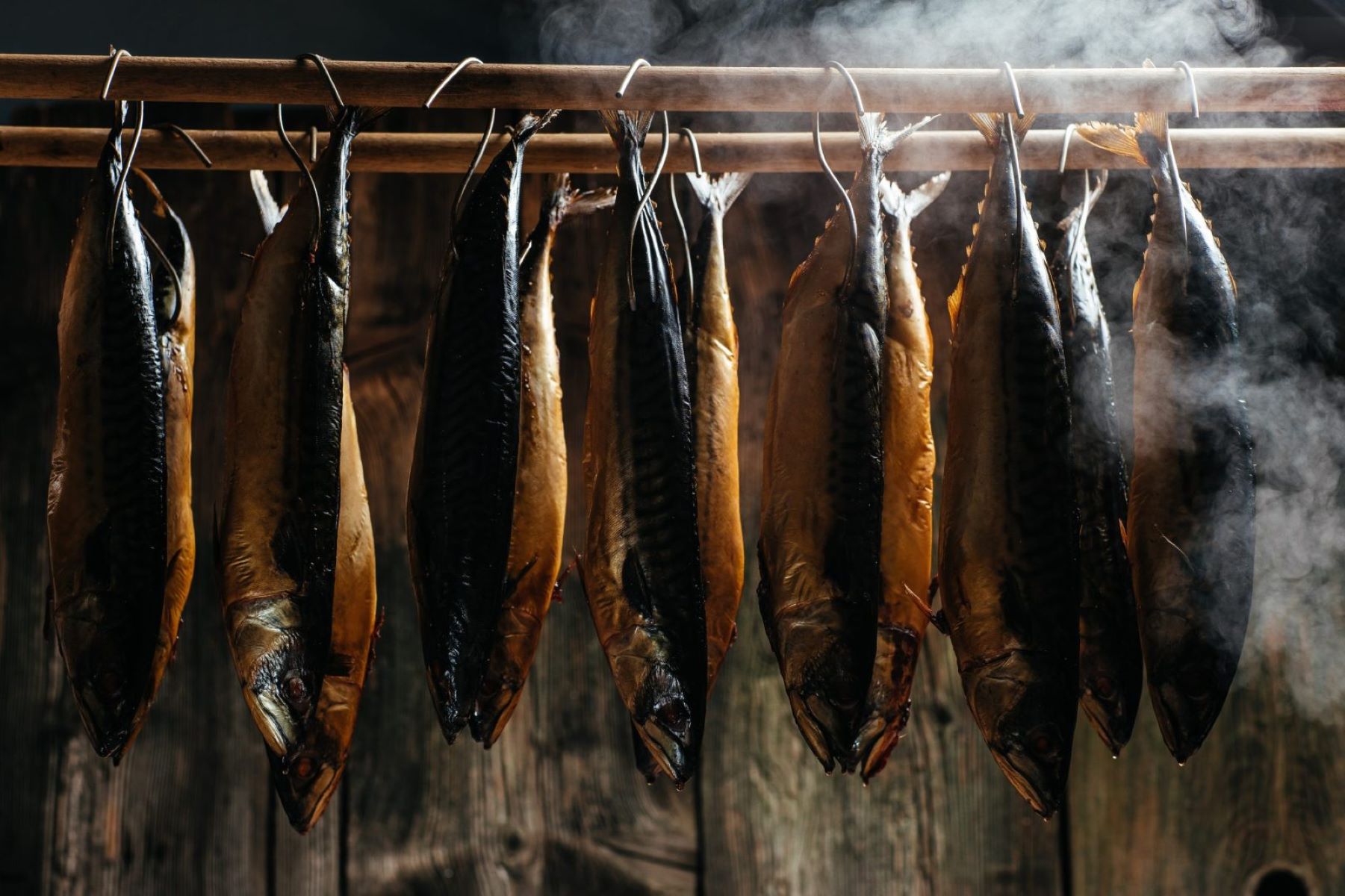
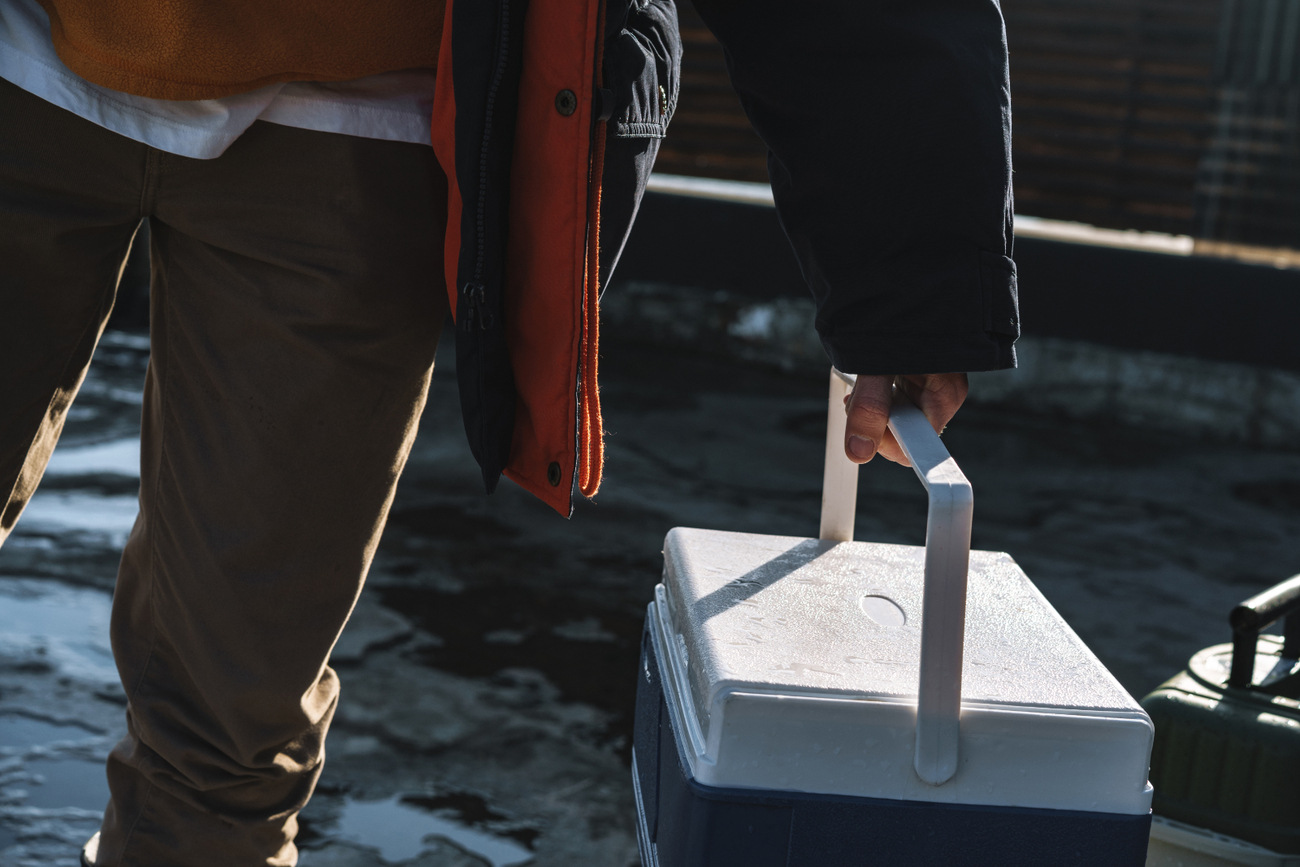
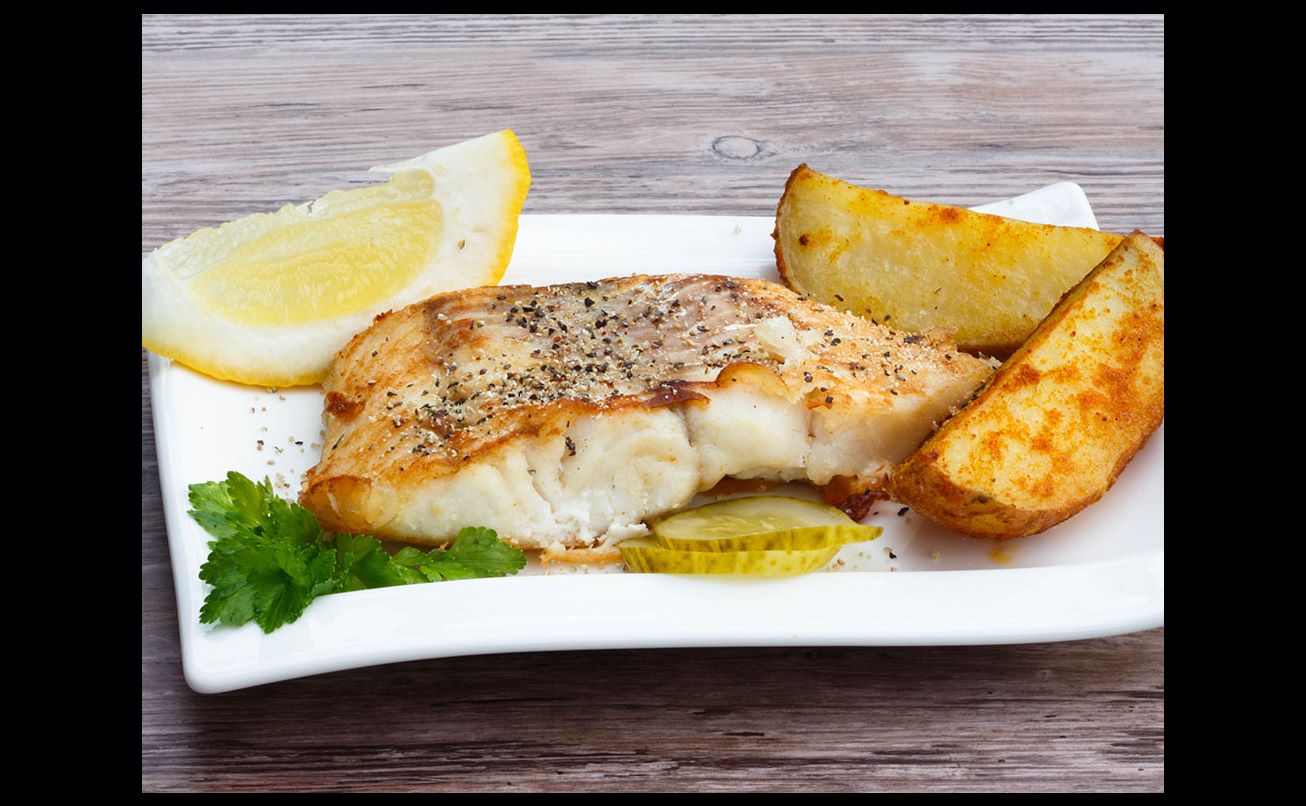
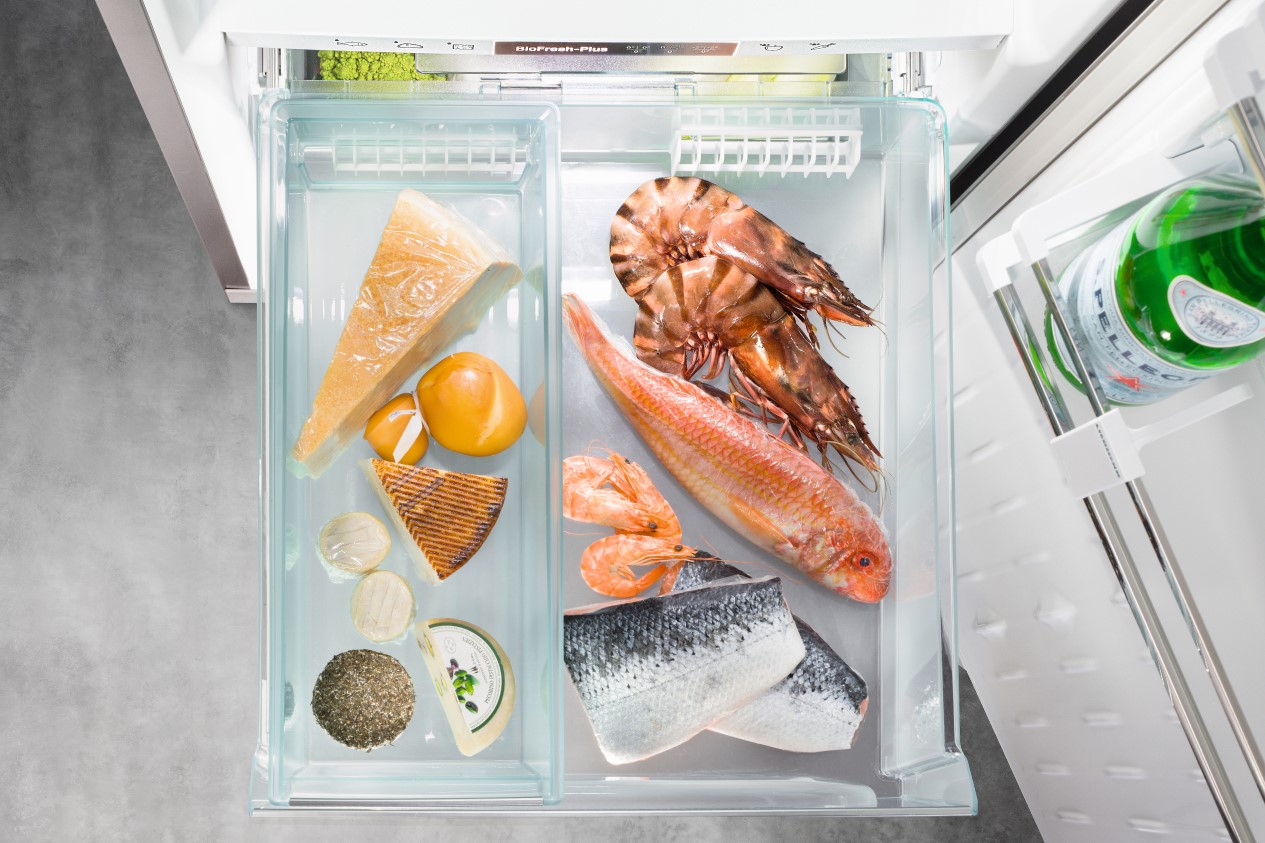
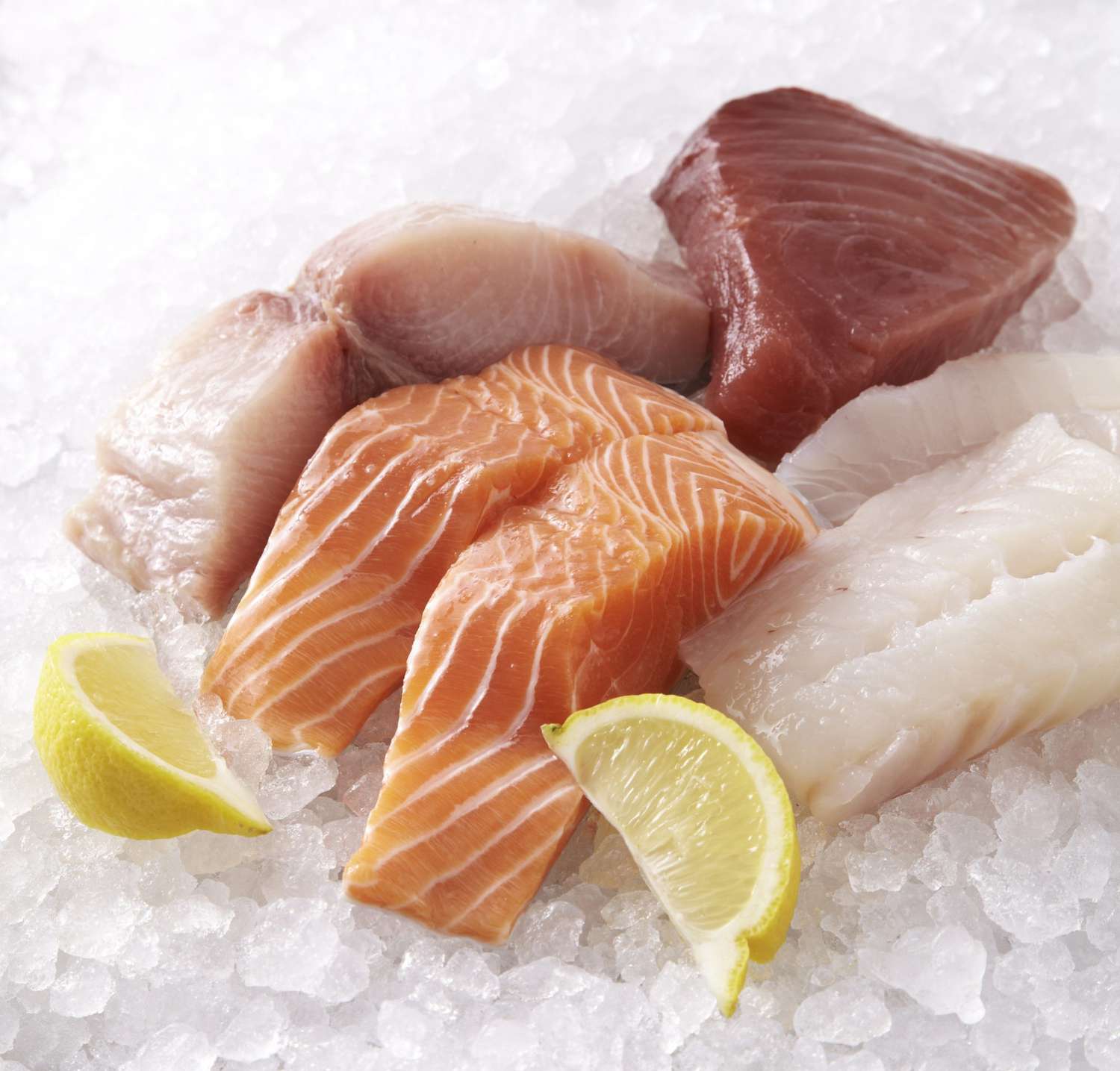

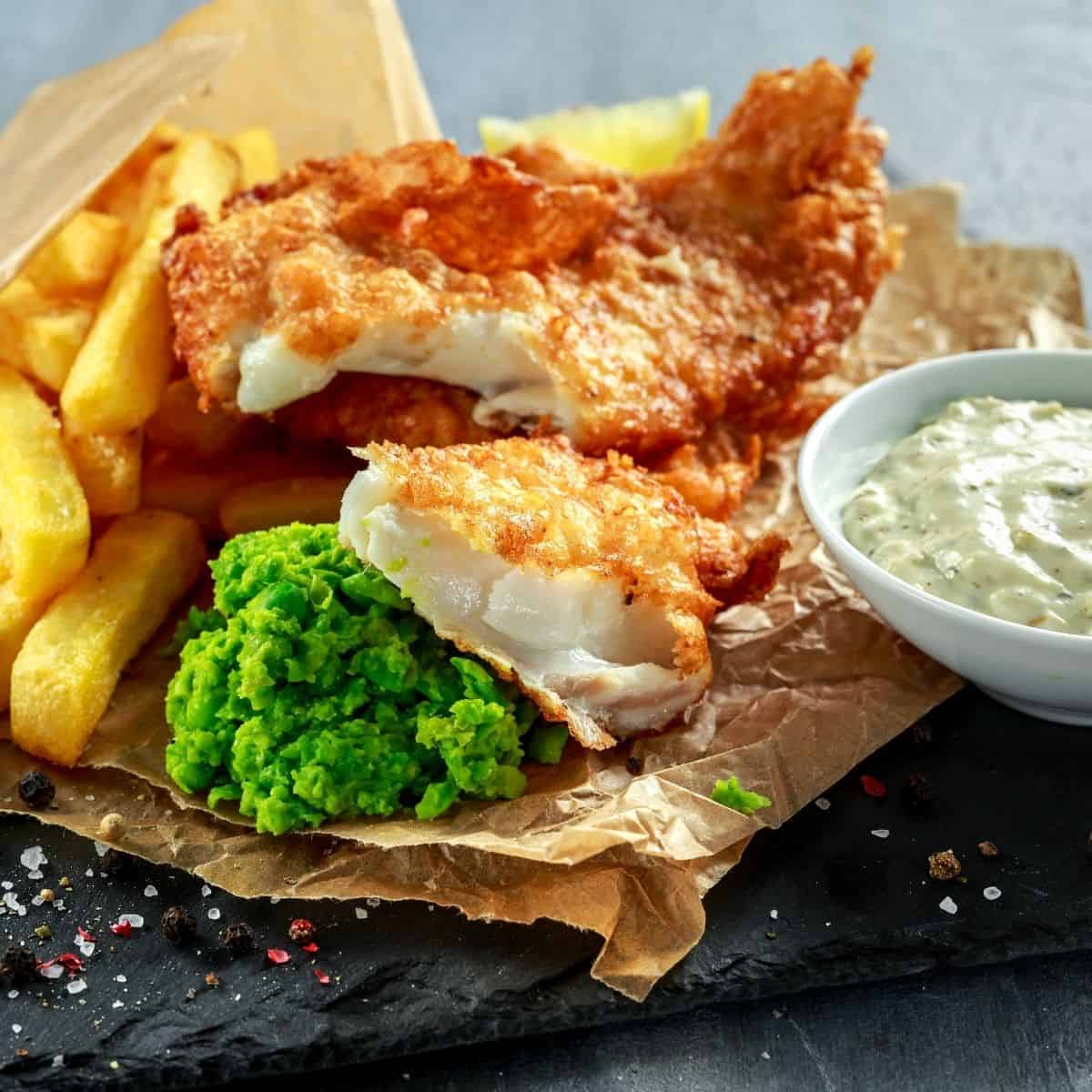
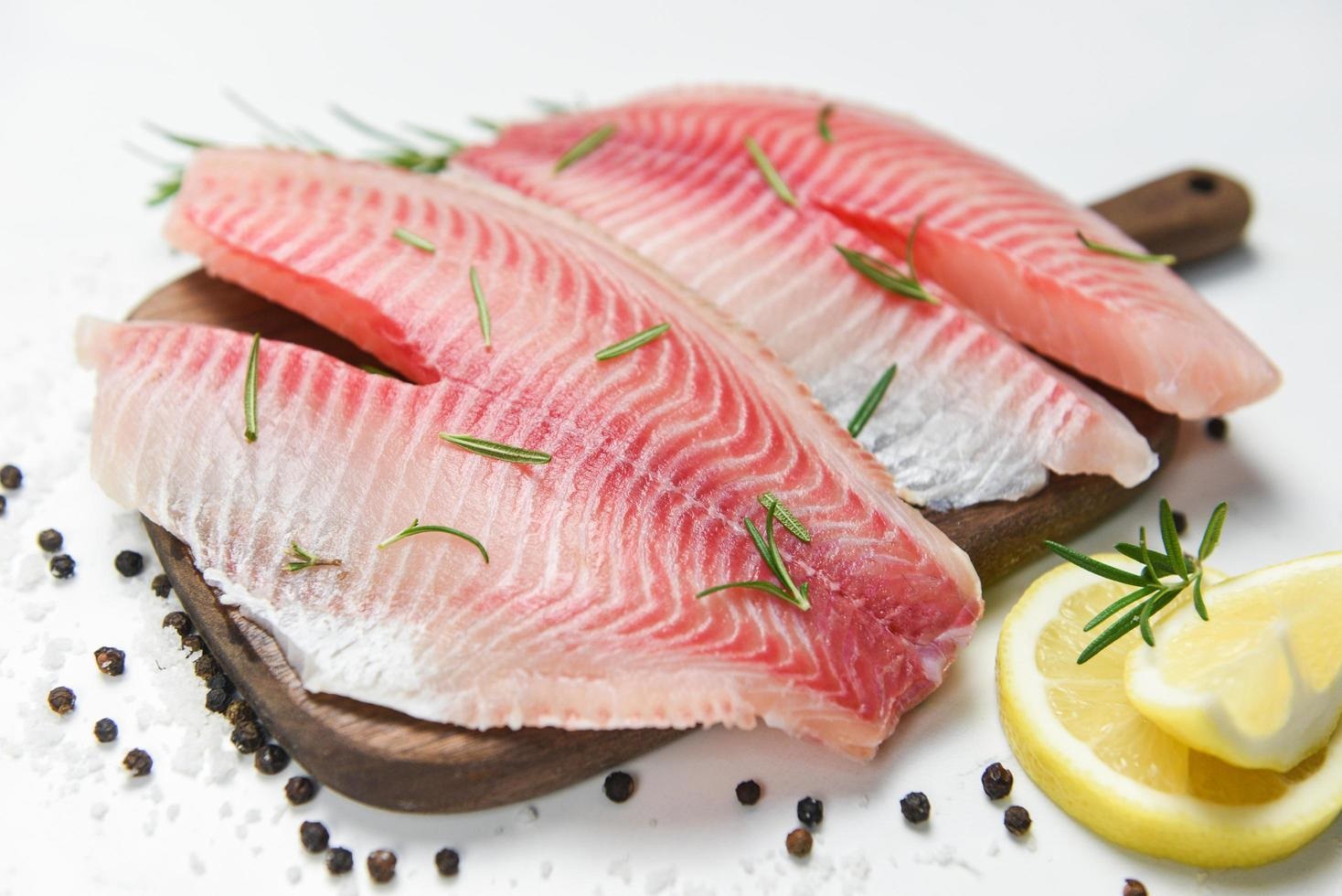
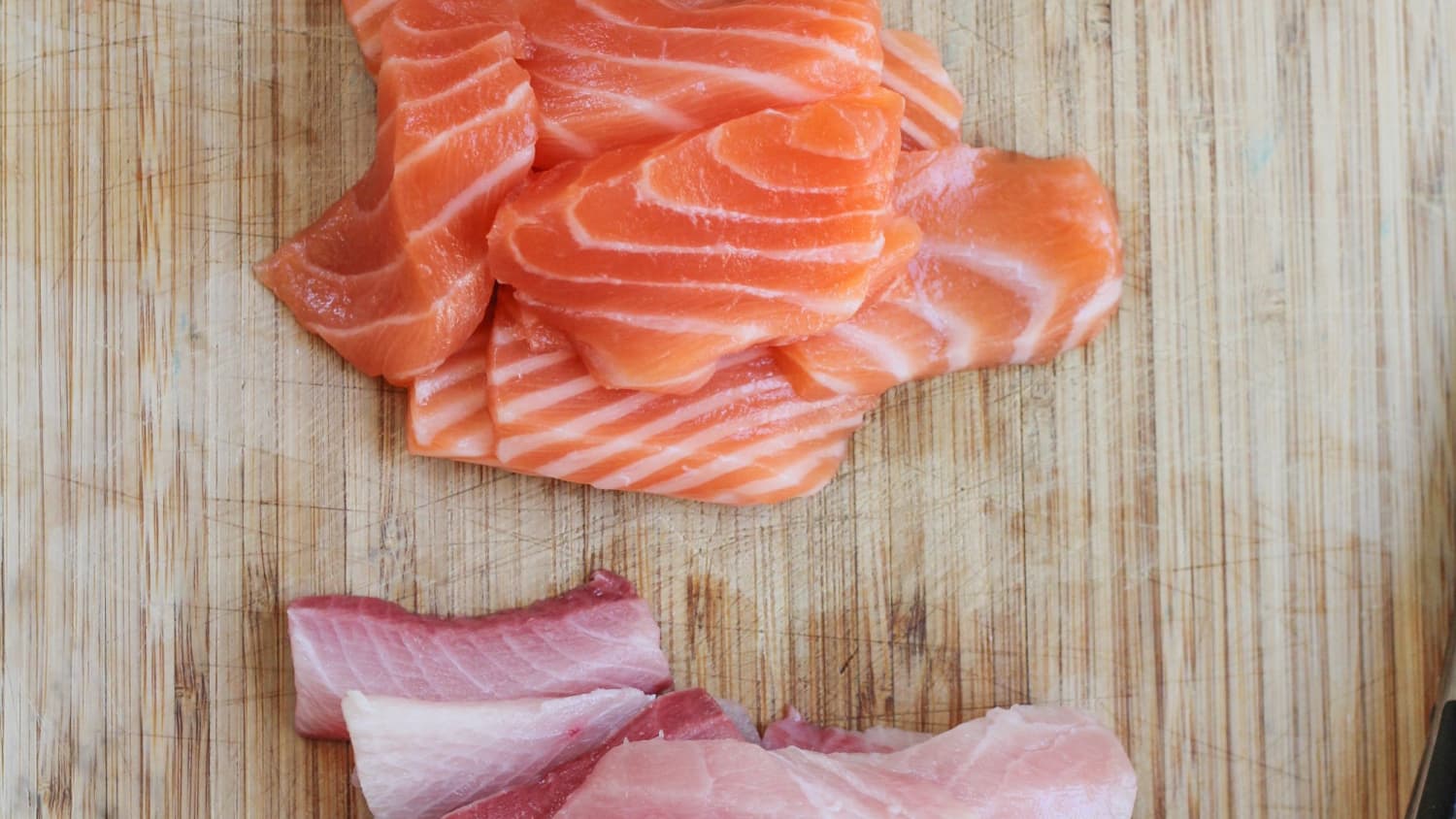

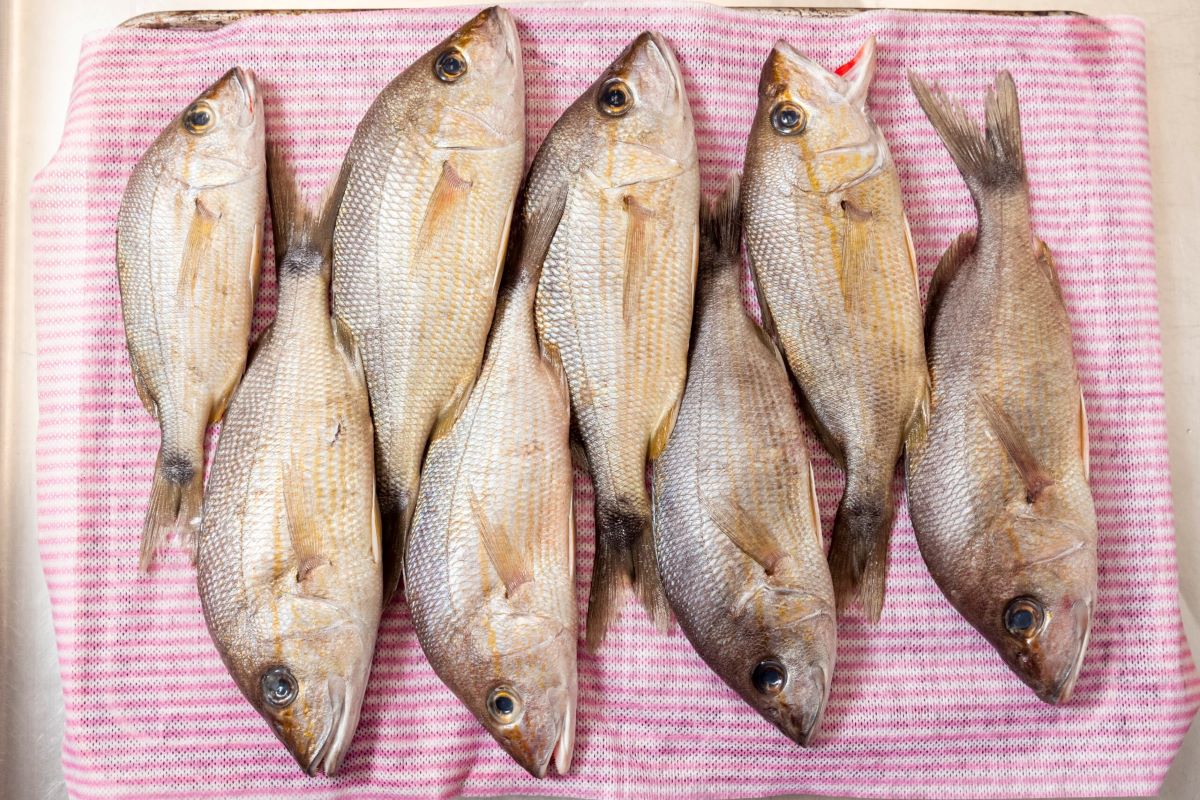
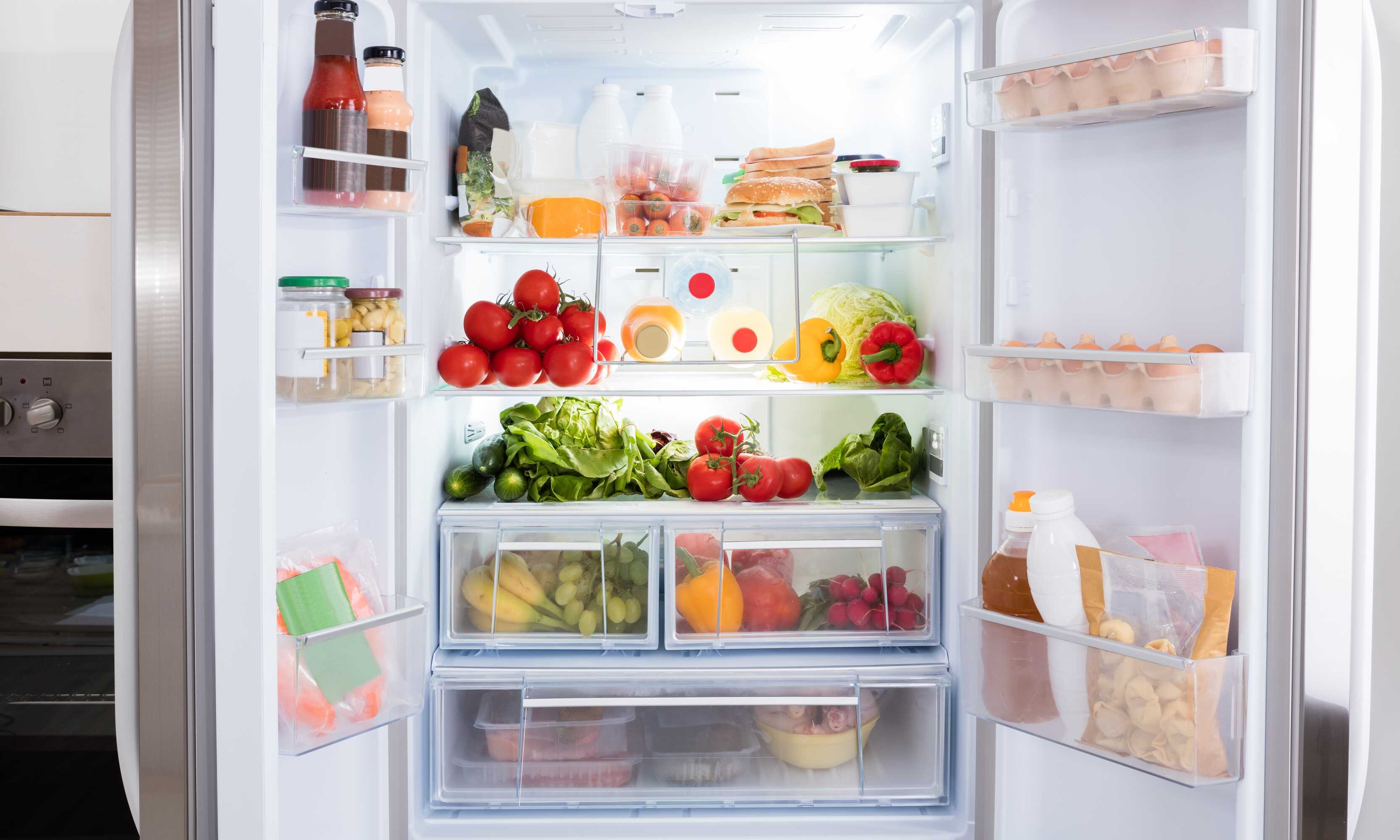

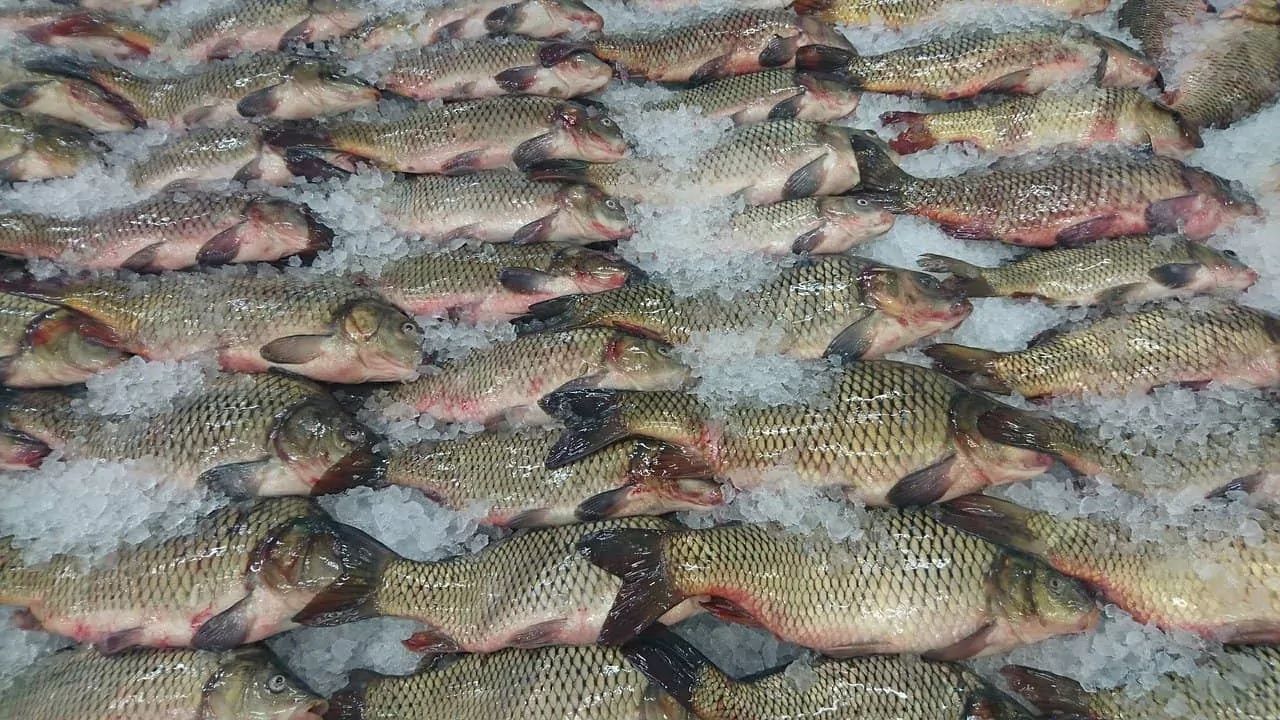


0 thoughts on “How To Store Fish, Vegetables, And Meat Safely”